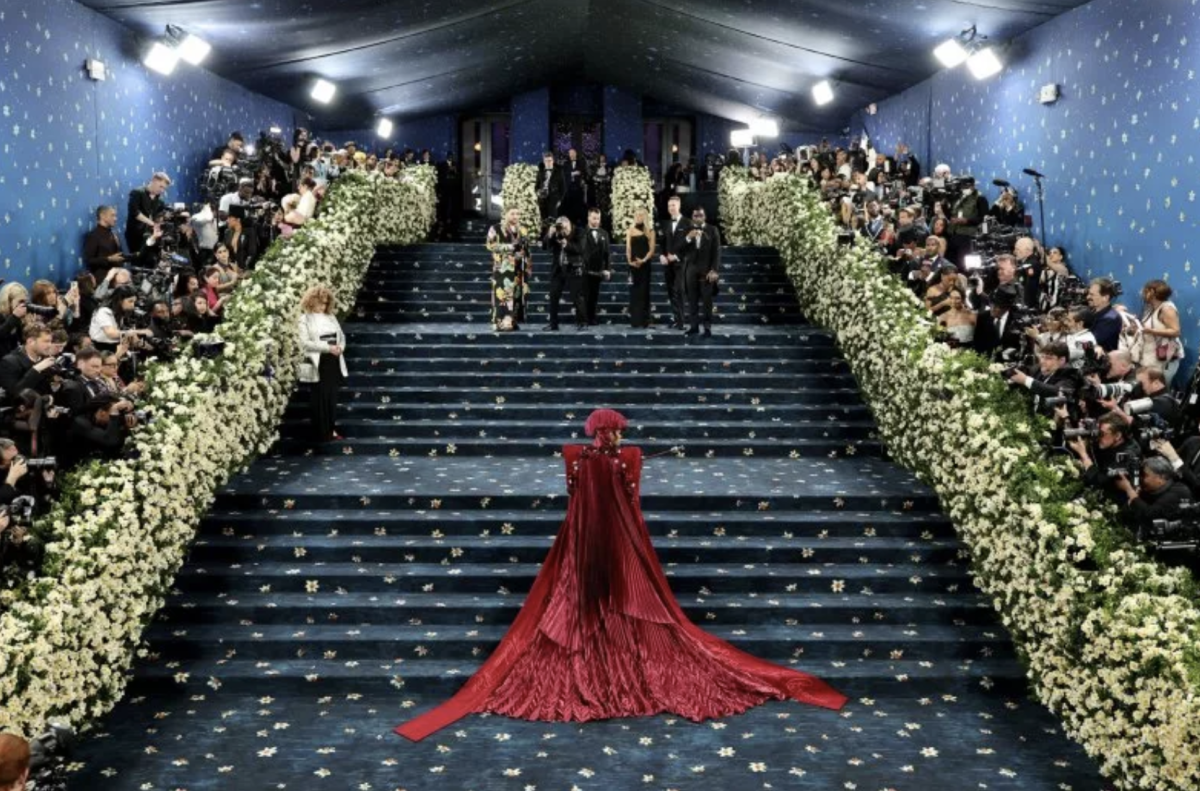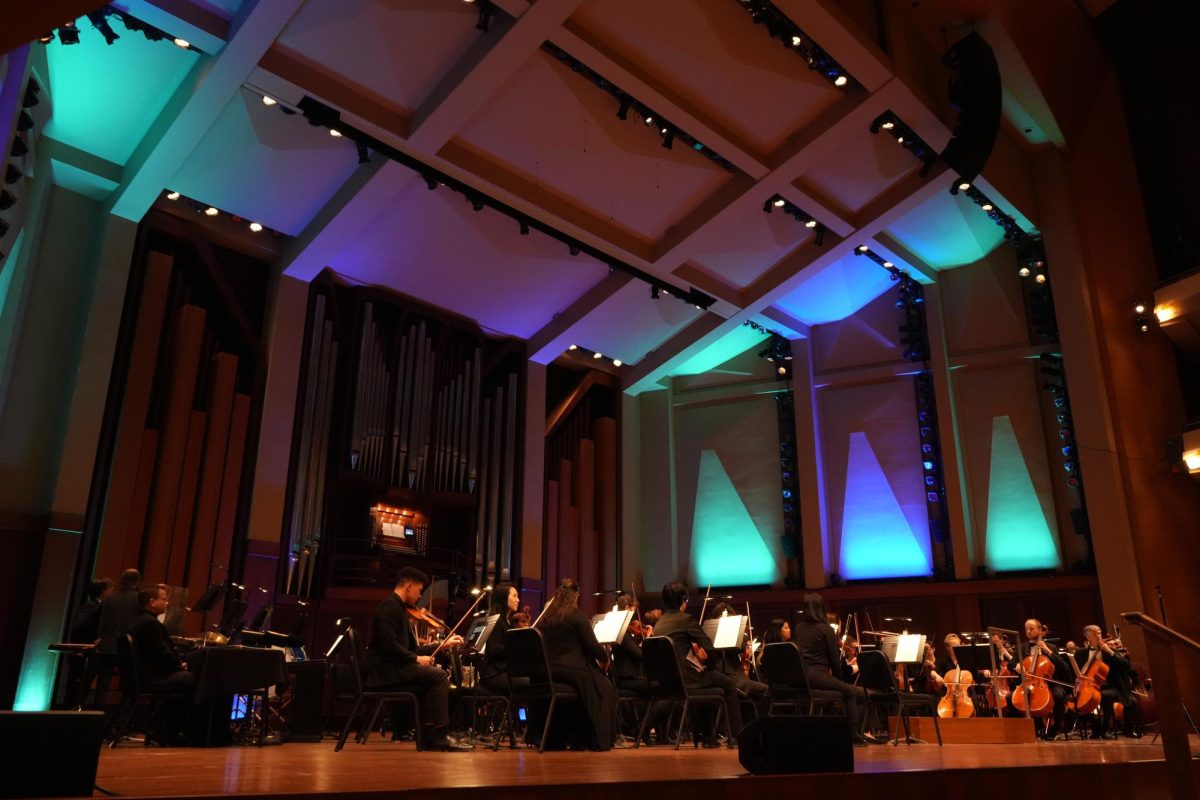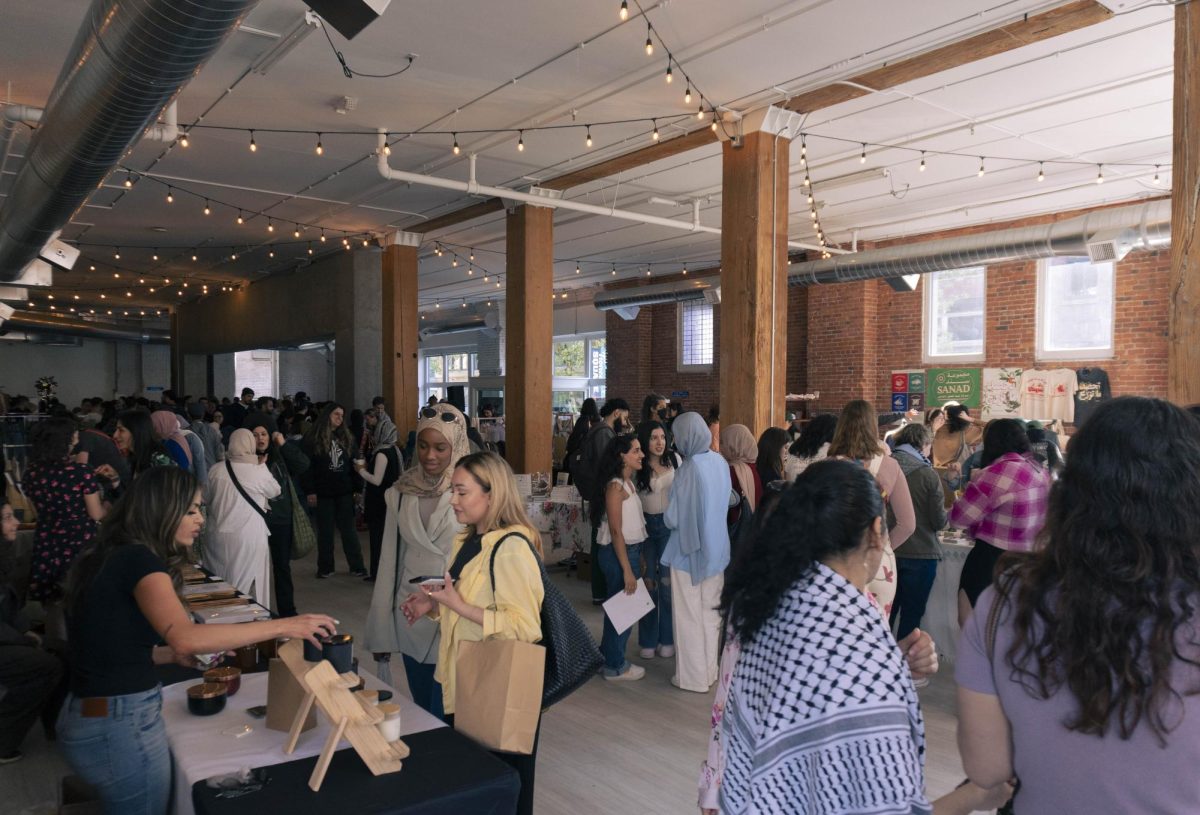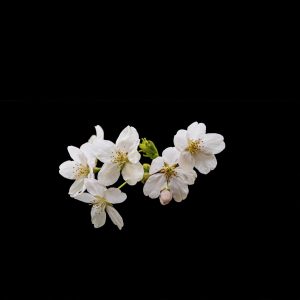 Emmerson Wheeler is a 23-year-old senior at Seattle University working to make his mark on the world through the lens of photography and environmental studies. With his recently published book “Isolated” and artwork featured at Magnuson Magus Park Gallery’s current exhibition- “Environmental Ties II,” Em is actively working to grow his career and bring awareness to the natural world through his lens.
Emmerson Wheeler is a 23-year-old senior at Seattle University working to make his mark on the world through the lens of photography and environmental studies. With his recently published book “Isolated” and artwork featured at Magnuson Magus Park Gallery’s current exhibition- “Environmental Ties II,” Em is actively working to grow his career and bring awareness to the natural world through his lens.
HNA: I feel like when people go into creative things and spaces, it’s very intentional, and it’s very personal in a way. Why did you choose photography?
E: Yes, so, I grew up traveling, which was super cool to grow up with, and with that, people who travel often take a lot of photos. So, that was kind of just a natural presence in my life, and I was really fascinated with it, and I just remember when I was six, we were going to South Africa, and my parents bought me a little, like a kid-friendly camera. And all the pictures my parents took of me on that trip were just like me taking photos. I remember that specifically because it was my first camera and I was really excited about it— and I also lost it in the Singapore airport. And I still to this day, think about it almost weekly.
HNA: When you’re taking photographs, is it with the intention to figure out what in that natural space is happening? How do you choose what you’re going to work on?
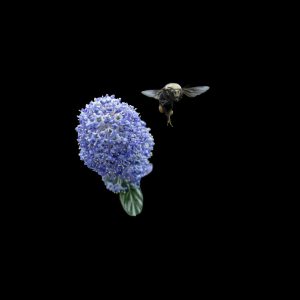 E: Sometimes I have a topic in mind, sometimes I don’t. Last year, I did a project on bumblebees and created a three-page website to teach people about them using my photos. Other times, I just go for a walk and take pictures of whatever I want, which can turn into a project later. I recently released a book called “Isolated,” where I removed backgrounds from photos of plants and animals so they float in black space. It’s a great example of reusing older photos for a new project.
E: Sometimes I have a topic in mind, sometimes I don’t. Last year, I did a project on bumblebees and created a three-page website to teach people about them using my photos. Other times, I just go for a walk and take pictures of whatever I want, which can turn into a project later. I recently released a book called “Isolated,” where I removed backgrounds from photos of plants and animals so they float in black space. It’s a great example of reusing older photos for a new project.
HNA: Tell me about the process of putting your book together—where did the idea come from?
E: I was in a bookmaking class where we had to create three books. I wanted one about myself, one about myself in nature, and one just on nature. The third book was tough to figure out. I was inspired by Melinda Hurst Frye, a photographer who captures underground environments like worms and mushrooms with a lot of negative space. I had just interviewed her, and her style stuck with me.
I also had an old image of a snail and a moon that I combined with no background—people really loved it. So, inspired by that and Melinda’s work, I started removing backgrounds from my images and realized it looked really cool. I finished the book and revisited it later to improve it.
Then I submitted it to a group exhibition called “Environmental Ties II” at Magnusonus Park Gallery. When applying, I had to explain how my work connects to the environment. I realized my images make viewers focus solely on the species, removed from their context, prompting questions about the environment and our relationship to it.
 HNA: What’s your process when photographing animals in the wild? Since they’re not in controlled environments like a zoo, how do you approach those situations?
HNA: What’s your process when photographing animals in the wild? Since they’re not in controlled environments like a zoo, how do you approach those situations?
E: I’m really patient—I’ll wait all day if I have to. Being quiet and unnoticed is key. Sometimes you have to stay still in a spot that might scare the animal at first, but if you wait long enough, they might come closer. You also have to accept that you might not get the shot, since you can’t predict animal behavior.
I love photographing insects the most. Last week I tried to capture a butterfly—it was still at first but then started flying around. I gave myself 10 minutes, and when time was up, I moved on. It’s easy to get fixated, but setting limits helps. Understanding animal behavior also helps—for my bumblebee project, I stayed near yellow and purple flowers since those colors attract them.
HNA: What do you see as the next steps for yourself?
E: I’m not completely sure yet, but I love the Seattle art scene. Last spring, I had my first group exhibition at Slip Gallery in Belltown, which helped me connect with other artists. I also took a photo business class that covered exhibitions and the professional side of photography. Since then, I’ve been involved in more shows, networking with curators, and building connections—something I think is essential in any field.
 Like many artists, my ultimate goal would be to make a living off my own work. I know that’s difficult—art takes a lot of time and resources, and pricing it fairly can be hard. Artists often feel pressure to lower their prices so people will buy, but it’s important to value the work properly, even if it means fewer sales.
Like many artists, my ultimate goal would be to make a living off my own work. I know that’s difficult—art takes a lot of time and resources, and pricing it fairly can be hard. Artists often feel pressure to lower their prices so people will buy, but it’s important to value the work properly, even if it means fewer sales.
For now, I like setting short-term goals. When I started, my goal was to be in two group exhibitions a year, and I’ve already surpassed that. My next big goal is to have a solo photo exhibition. The closest I’ve gotten is a small show happening May 22 on campus, where three of us will be featured. It’s a big step, and I’m figuring out how to make that next leap.
HNA: What do you want people to take away from your work, specifically on the intersection of environment and photography?
E: Right now, my main focus—especially in my BFA show—is exploring the human connection to the natural environment. I think it’s crucial to break down the barrier that’s been created, particularly through colonialism, which treats nature as “the other.” That mindset is destructive. It allows people to ignore how our actions impact the environment, even though we’re clearly seeing the consequences now.
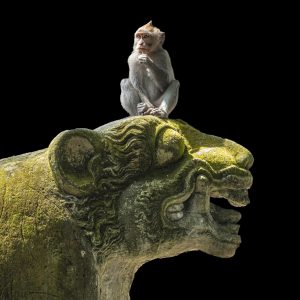 My goal with my work is to get people to reflect on their relationship with the environment—how they connect with it, how they treat it, and even their own sustainable practices. If I can make someone think about the environment in a new or more motivated way—realizing they’re part of it, not separate from it—then I feel like that’s a success.
My goal with my work is to get people to reflect on their relationship with the environment—how they connect with it, how they treat it, and even their own sustainable practices. If I can make someone think about the environment in a new or more motivated way—realizing they’re part of it, not separate from it—then I feel like that’s a success.
I also think photography is often put into a box, especially in the photo community. There’s a strong emphasis on traditional portraiture, but it’s okay—and often more meaningful—to go outside that box. Photography can be abstract, experimental, and personal. It’s important not to be afraid to capture things in your own style.




